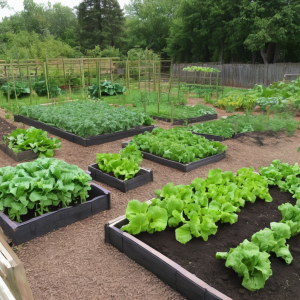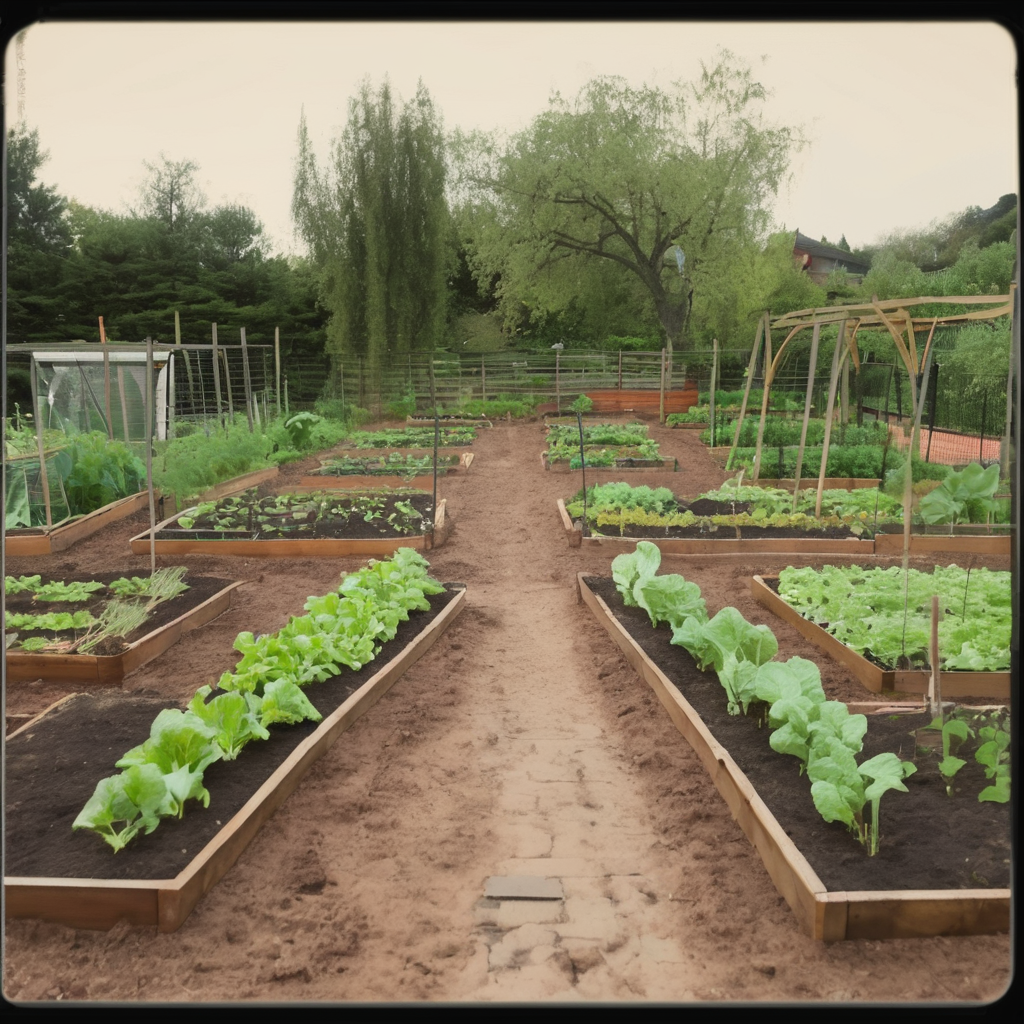Alright, let’s dive into designing the perfect vegetable garden! First off, kudos to you for taking this exciting step towards growing your own fresh produce. There’s nothing quite like the satisfaction of biting into a juicy tomato or crisp lettuce leaf that you nurtured from seed. But before we get our hands dirty, we need to map out a game plan.
Imagine your backyard as a blank canvas, waiting for you to create a masterpiece of edible art. The first stroke? Deciding where to place your veggie plot.

Ideally, you’ll want to choose a spot that gets at least six hours of direct sunlight per day. Those rays are like steroids for your plants, helping them bulk up and thrive. If you’re working with a smaller space, like a balcony or patio, don’t sweat it! Raised beds or containers can be your new best friends.
Once you’ve picked the perfect sunny spot, it’s time to start sketching out the layout. Picture a giant checkerboard, with each square representing a different type of crop. But we’re not just going to randomly fill in those squares, oh no. We’re going to be strategic little garden ninjas.
One key principle is to group your plants by family. Keeping the nightshades (tomatoes, peppers, eggplants) together, the leafy greens (lettuce, spinach, kale) in their own corner, and the root veggies (carrots, radishes, beets) all cozied up. This helps prevent nutrient depletion in the soil and keeps pests from having an all-you-can-eat buffet.

Speaking of pests, let’s talk about companion planting. It’s like setting up your crops with little bodyguards to keep the bad guys at bay. For example, planting marigolds near your tomatoes can deter nematodes (those are the tiny worms that love to munch on roots). And basil makes an excellent roommate for your tomato plants, helping to improve growth and flavor.
As you’re mapping out your garden, don’t forget to leave some walkways! You’ll need easy access to tend to your plants, harvest the goods, and do a little dance when you pull up that first perfect carrot.
Now, let’s add some depth to this masterpiece. Literally! Incorporating raised beds or mounding the soil can create visually interesting levels and improve drainage (because nobody likes a swampy garden). You could even get creative with decorative borders or trellises for your climbing crops like peas or cucumbers.
Last but not least, don’t forget to take notes! Keep track of what you planted where, so next season you can rotate your crops and keep that soil happy and nutrient-rich.
Designing the perfect veggie garden is like playing a delicious game of edible Tetris. With a little planning and creativity, you’ll be well on your way to a bountiful harvest and major bragging rights at the next neighborhood potluck. So grab that sketch pad, my friend, and let’s get growing!
